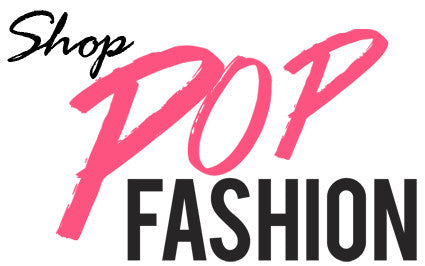Scarves in FasScarves and Sustainability: Eco-Friendly Materials and Ethical Production Practiceshion Photography: Iconic Images and Inspirational Shoots
Posted on May 10 2024

In recent years, the fashion industry has undergone a significant shift towards sustainability, with consumers and brands alike increasingly prioritizing eco-friendly materials and ethical production practices. Scarves, once seen as mere accessories, have now become a focal point in this movement, with a growing demand for scarves made from sustainable materials and produced under fair labor conditions.
In this blog post, we'll explore the intersection of scarves and sustainability, highlighting the importance of eco-friendly materials and ethical production practices in the scarf industry.
The Rise of Sustainable Scarves
As consumers become more conscious of the environmental and social impact of their purchases, the demand for sustainable scarves has surged. Brands are responding to this demand by embracing eco-friendly materials such as organic cotton, bamboo, Tencel, hemp, and recycled fibers. These materials offer several benefits, including reduced water and energy consumption, lower carbon emissions, and decreased reliance on harmful chemicals.
Organic cotton, for example, is grown without the use of synthetic pesticides or fertilizers, making it safer for farmers and better for the environment. Bamboo is another popular choice for sustainable scarves due to its rapid growth rate and minimal environmental impact. Tencel, a fiber made from sustainably sourced wood pulp, offers a silky-smooth texture and excellent moisture-wicking properties, making it ideal for scarves.
Ethical Production Practices
In addition to using eco-friendly materials, ethical production practices are essential for ensuring that scarves are made under fair labor conditions. This means providing workers with safe and healthy working environments, fair wages, and respect for their rights. Many sustainable scarf brands prioritize transparency and accountability throughout their supply chains, from the sourcing of raw materials to the manufacturing process.
Fair trade certification is one way that consumers can identify scarves produced under ethical labor practices. Fair trade ensures that producers in developing countries receive a fair price for their products, enabling them to invest in their communities and improve their standard of living. By choosing fair trade scarves, consumers can support small-scale producers and artisans while promoting social justice and economic empowerment.
Innovative Design and Durability
In addition to being sustainable and ethically produced, scarves made from eco-friendly materials are often designed to be durable and long-lasting. This not only reduces the environmental impact of production but also ensures that consumers get more wear out of their scarves. Many sustainable scarf brands focus on timeless designs and high-quality craftsmanship, creating scarves that stand the test of time both in terms of style and durability.
Supporting Sustainable Scarf Brands
As consumers, we have the power to drive positive change in the fashion industry by supporting sustainable scarf brands and making conscious purchasing decisions. When shopping for scarves, look for brands that prioritize sustainability, transparency, and ethical production practices. Research the materials used in the scarves and inquire about the brand's commitment to social and environmental responsibility.
Additionally, consider the longevity of the scarf and its versatility in your wardrobe. Investing in a high-quality, sustainably made scarf may cost more upfront but can save you money in the long run by reducing the need for frequent replacements. Choose scarves that reflect your personal style and values, knowing that each purchase has the potential to make a difference in the world.
Conclusion
Scarves and sustainability are not mutually exclusive – in fact, they go hand in hand. By choosing scarves made from eco-friendly materials and produced under ethical labor practices, we can reduce our environmental footprint and support positive social change within the fashion industry. Whether it's organic cotton, bamboo, Tencel, or fair trade certification, there are plenty of options available for those looking to embrace sustainable scarves.
As the demand for sustainable fashion continues to grow, we can expect to see even more innovation and creativity in the scarf industry. By staying informed, supporting ethical brands, and making conscious purchasing decisions, we can all play a part in creating a more sustainable and equitable fashion future – one scarf at a time.
